History is a tenuous thing. It largely exists in our fragile minds, textbooks prone to the weakest flame, and now the intangible cloud that is the internet. But there are bastions of history – real, physical structures – that refuse to disappear in the press of time, the failing mind, the mouldering tome, the crashed drive.
Castles.
The word alone floods the mind with fairytales and fantasies, of simpler, more exciting, and perhaps more overtly brutal times. Castles mount hills and protect passes throughout the whole of Scotland. In some areas, like the vaunted Castle Trail in the northeast, the preponderance of castles is so high you can’t help but wonder what strife afflicted the region. After all, before the rise of gunpowder it was stone that brokered the economy of conflict.
Medieval warfare and structures form the cornerstone of the fantasy genre – hello, huge nerd here! – and they always fill a portion of my Scotland itineraries. Sarah also loves castles, but for different reasons, so it seemed like an obvious choice to kick off our time together in castle country. Castle country is a large swath of land east of Speyside and more or less north of the River Dee that contains a thousand castles or castle ruins. Certain castles are part of a conveniently sign-posted “Castle Trail,” but know that there are many times more castles that aren’t part of this trail that can still be visited or viewed from afar.
Though something of a pansy in Braveheart, Robert the Bruce figures large in the history of northeast Scotland. As the leader of the Scottish independence movement of the 14th century and later king of Scotland, Robert the Bruce owned huge tracts of land and estates that he bequeathed to friendly lords and supportive families. The following castles all echo with the heavy tread of Robert the Bruce.
Drum Castle
Just west of Peterculter near the River Dee stands Drum Castle, one of the National Trust for Scotland’s (NTS) most ancient properties. Drum Castle is built around a late 13th-century tower with Jacobean and Victorian additions. Most castles have alterations and additional wings, towers, and mansions added over the centuries, but Drum’s ancient and incredibly well-preserved tower is unique. Robert the Bruce granted Drum Castle and its grounds to William de Irwyn, his armorer and secretary, in 1325, and the castle remained in Clan Irvine (spelling changed over time) until 1975 when the NTS acquired it. Six hundred and fifty years in family hands ain’t bad!
When I visited, the interior was undergoing some renovation stemming from water damage during the winter, and, as usual, pictures were prohibited inside the castle. The great slab-stone entryway immediately put me in a medieval frame of mind. I floated among the bedrooms and sitting rooms locked in Victorian amber and stopped for a while in the gorgeous library. In typical NTS style, each room contained a laminated card detailing the items on display from paintings to furniture to taxidermied animals. A guide mentioned I could climb to the old tower battlements above the library, and I hastened outside to find the entrance.
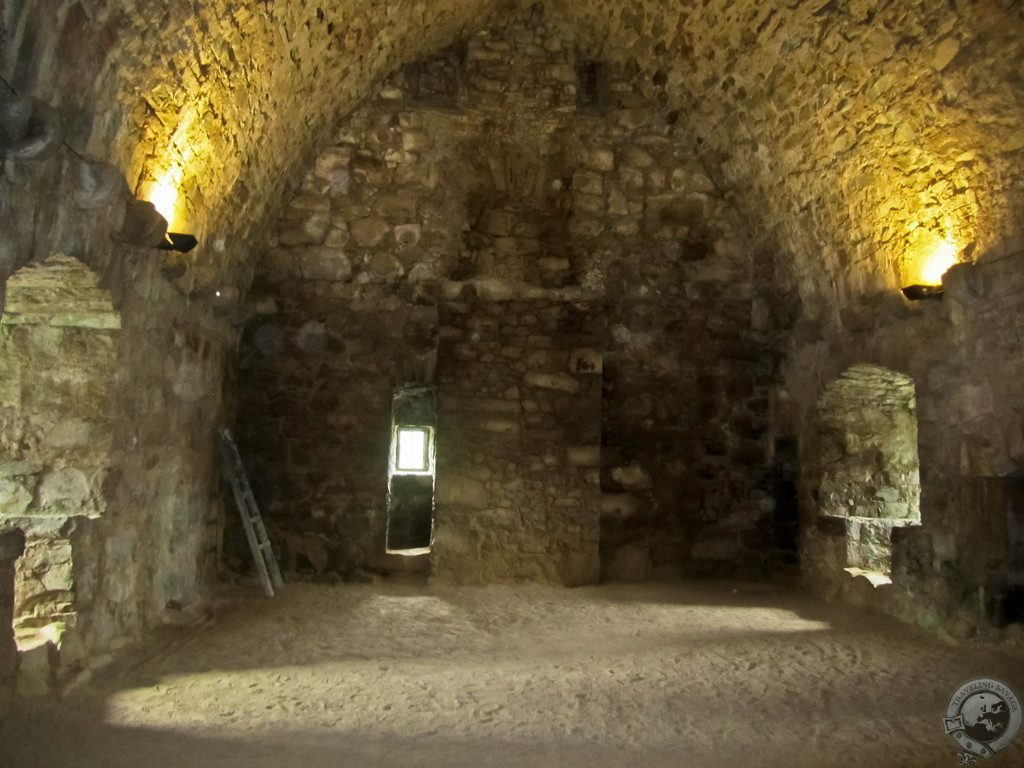
The inside of the old tower is chill and raw. The original stonework appears in gloomy yellow lighting, and I’m dumbfounded by the craftsmanship. A new wooden staircase lead up to the roof where unimpeded views of the rolling Deeside country ran into the distance. A pretty stone chapel hid in the trees near the castle. I love this place. It retains its medieval heart, and the ability to explore the ancient tower and climb it really makes it special.
Crathes Castle
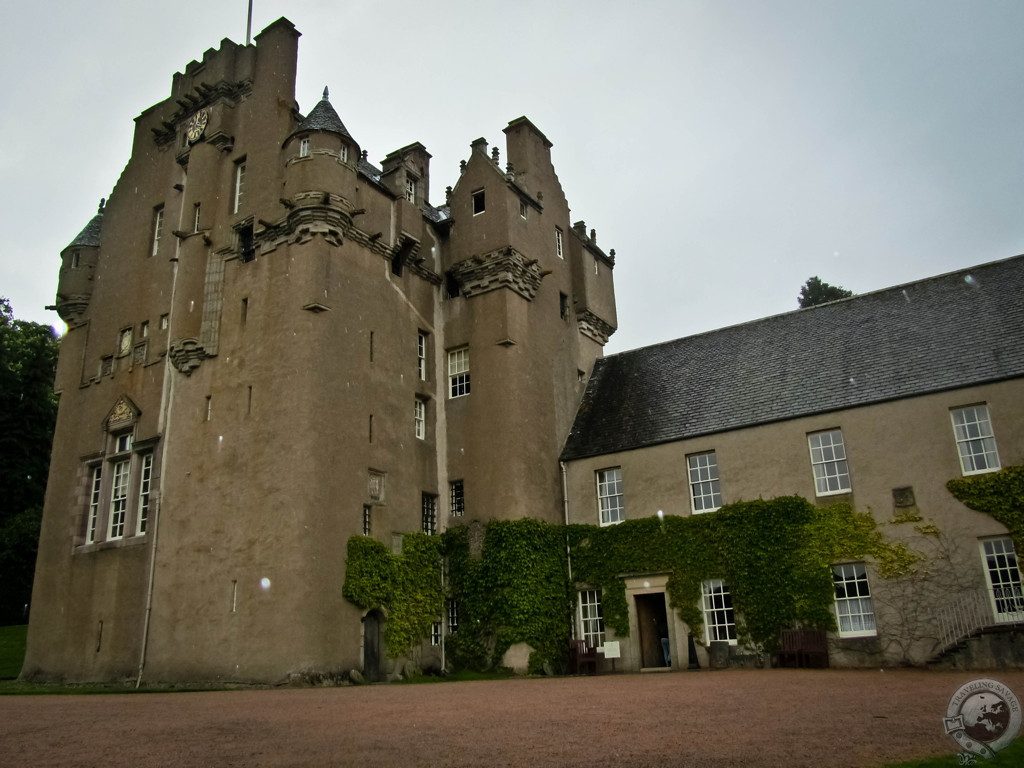
Crathes Castle stands just east of Banchory on the road from Aberdeen to Braemar. Crathes, another NTS property, was built in the 16th century, though Robert the Bruce gifted the land it stands on to the Burnetts of Leys in 1323. Fascinatingly, the castle began as a timber fortress built in the middle of a bog, a building known as a crannog. Today, Crathes exists in the style of a Scottish Baronial tower house. The Burnetts didn’t do too bad either – they held onto Crathes for 400 years.
On first glance, Crathes looks less like a fortification than an opulent homestead. This is the influence of time on the building of castles. As gunpowder became ubiquitous and the ability to smash stone walls commonplace, the role of castles changed from fortress to showpiece. Nonetheless, the light red stone, rounded towers, and overhanging turrets make Crathes a looker.
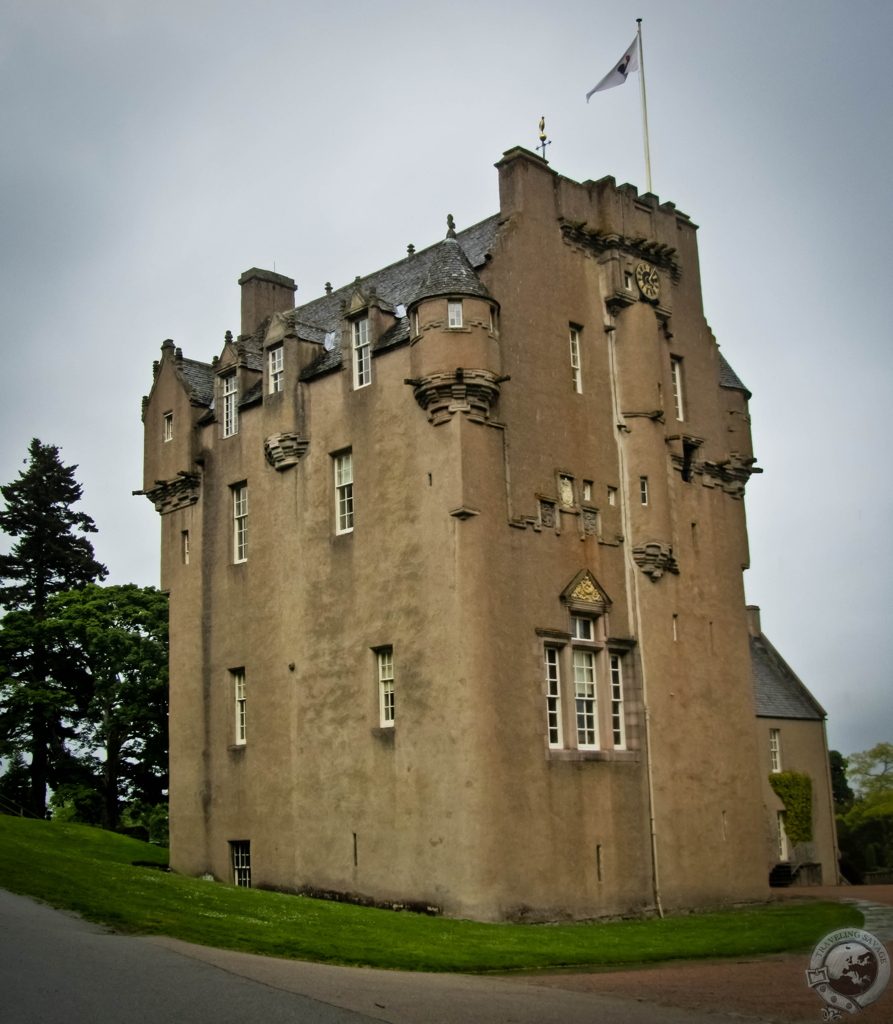
I wish I could have taken pictures inside because Crathes has the most amazing, original painted ceilings anywhere. Three rooms in particular, the Chamber of the Muses, the Chamber of Nine Worthies, and the Green Lady’s Room, all provided flawless Renaissance painted ceilings. I quickly lost sight of Sarah as I breezed through rooms crowded with visitors. This was easily the most popular stop, but it was here that I started to realize I’m more interested in architecture and history – specifically of the medieval period – than in paintings, artifacts, and pieces of furniture. Unfortunately, many of the castles on the Castle Trail focus more on the micro-stories of individuals items like Mary Queen of Scot’s hairbrush than on the castle’s vibrant history.
Fyvie Castle
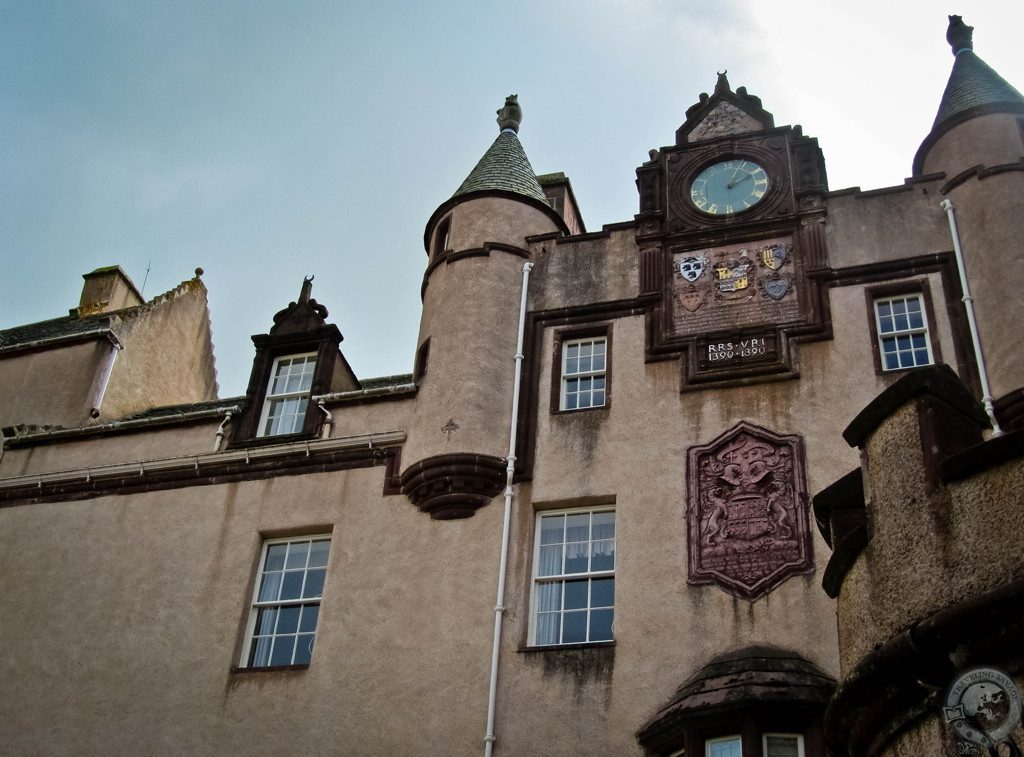
Fyvie Castle is closer to the North Sea than our accommodations in Ballater, but that couldn’t stop us from visiting this famous castle. It’s said that Robert the Bruce held open-air court at Fyvie, and the oldest parts date from 1211 during William the Lion’s time. The castle is a mammoth residence, expanded again and again by each of the five families that have owned it. Preston, Seton, Gordon, Meldrum, Leith – each family added their own tower and the resulting castle miraculously retains a semblance of uniformity, though any sign of its medieval origin has been lost in the renovations.
Eventually, Fyvie wound up on the auction block only for the NTS to snatch it up. On the day we visited there was an incongruous rehearsal of Lady Marmalade happening on the grounds for some event that night. The interior dripped with opulence and formed a mish-mash of centuries and family heirlooms. More than any other castle, Fyvie felt like a museum.
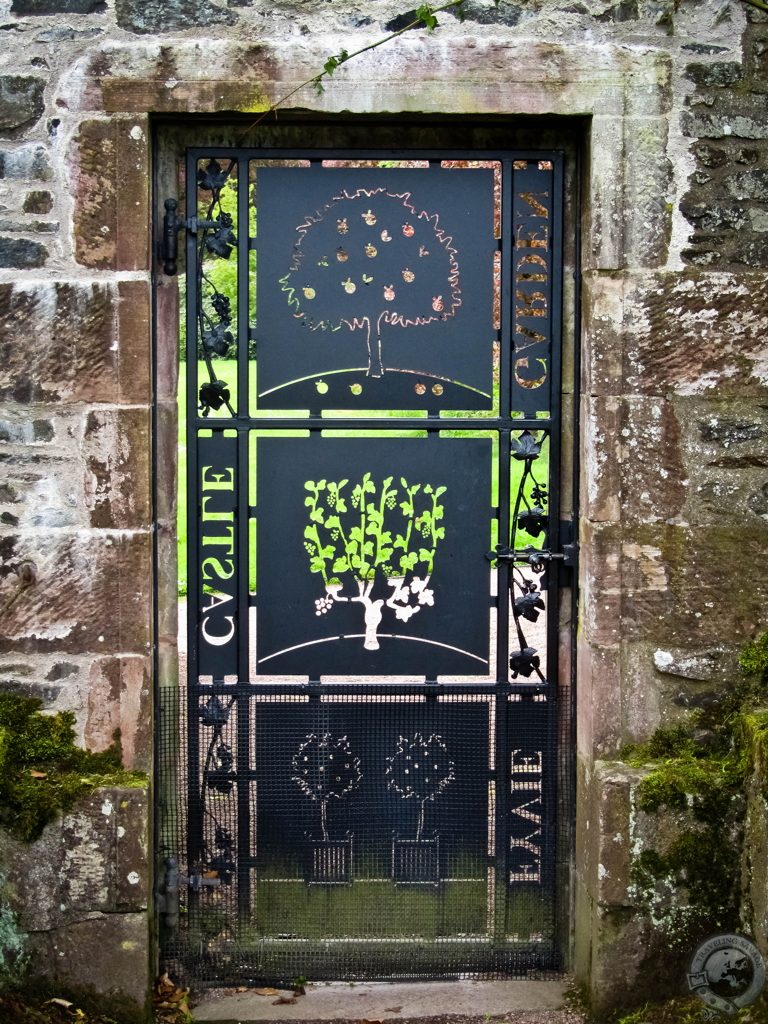
Fyvie is purported to be haunted, though the sound of Christina Aguilera’s voice was probably not what historians had in mind. In fact, Fyvie first came into my consciousness during an episode of Most Haunted. Several curses and hauntings have befallen Fyvie Castle, including a prophecy that should the secret room in the southwest be opened, disaster will surely befall the opener. To end our trip to Fyvie (and partly to escape the garish music) we ambled among the verdant and diverse gardens.
Stay tuned this Wednesday for part 2 of my visit to Castle Country, including recommendations for the best way to spend your time among these glorious bastions of history.

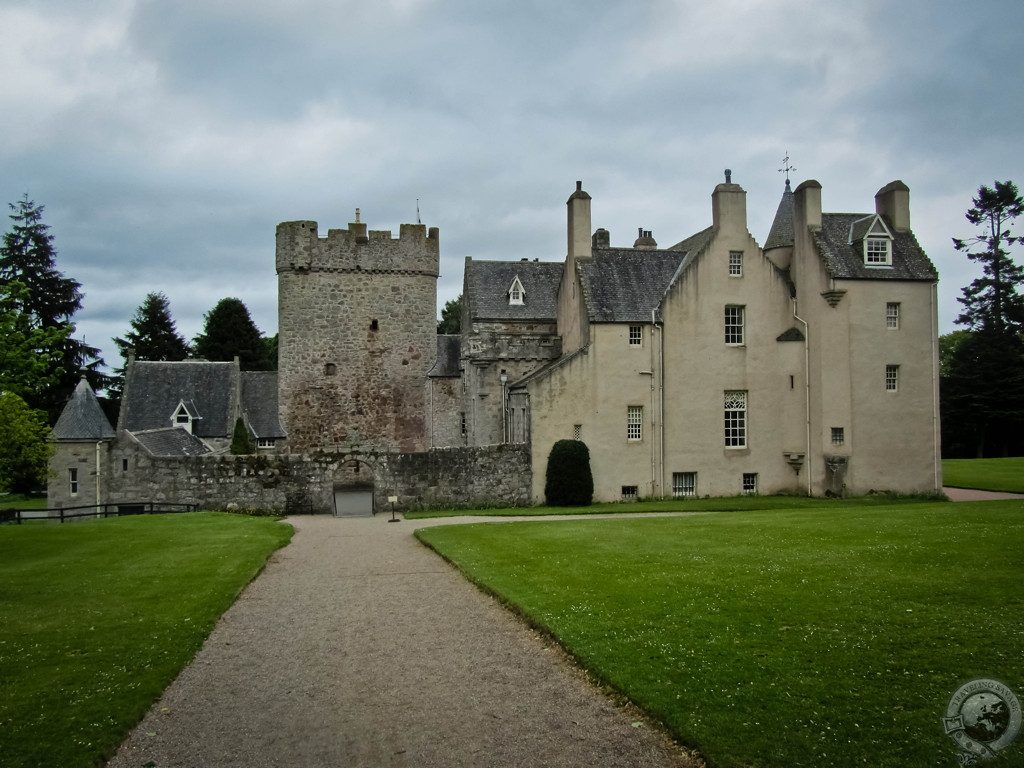
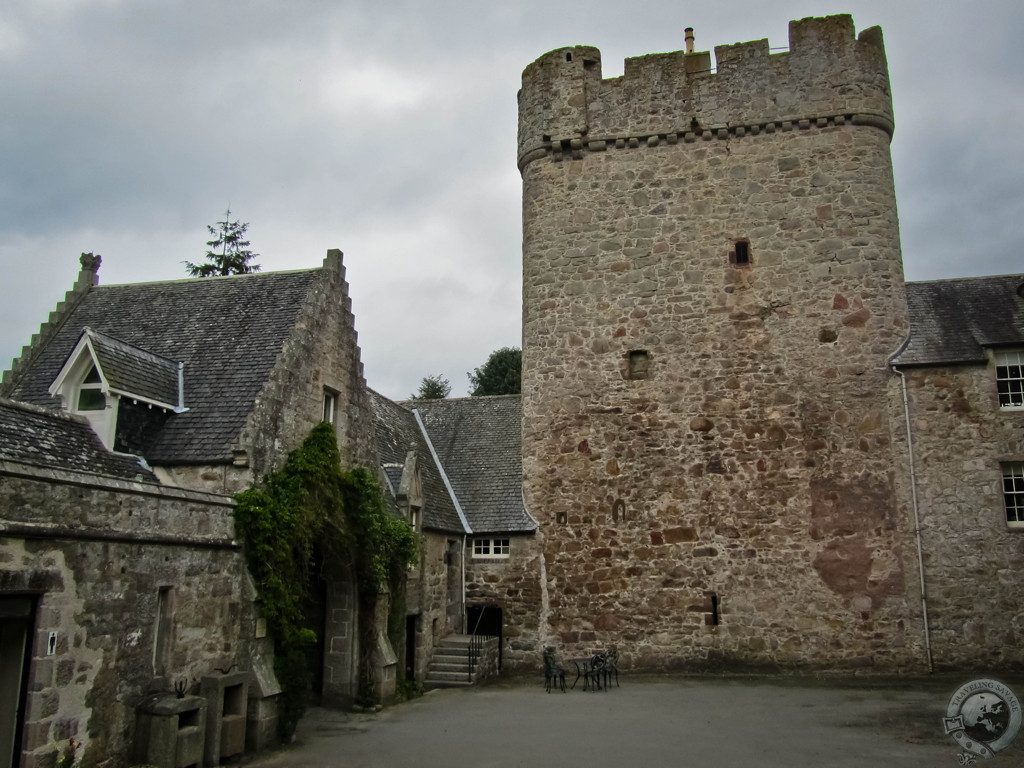
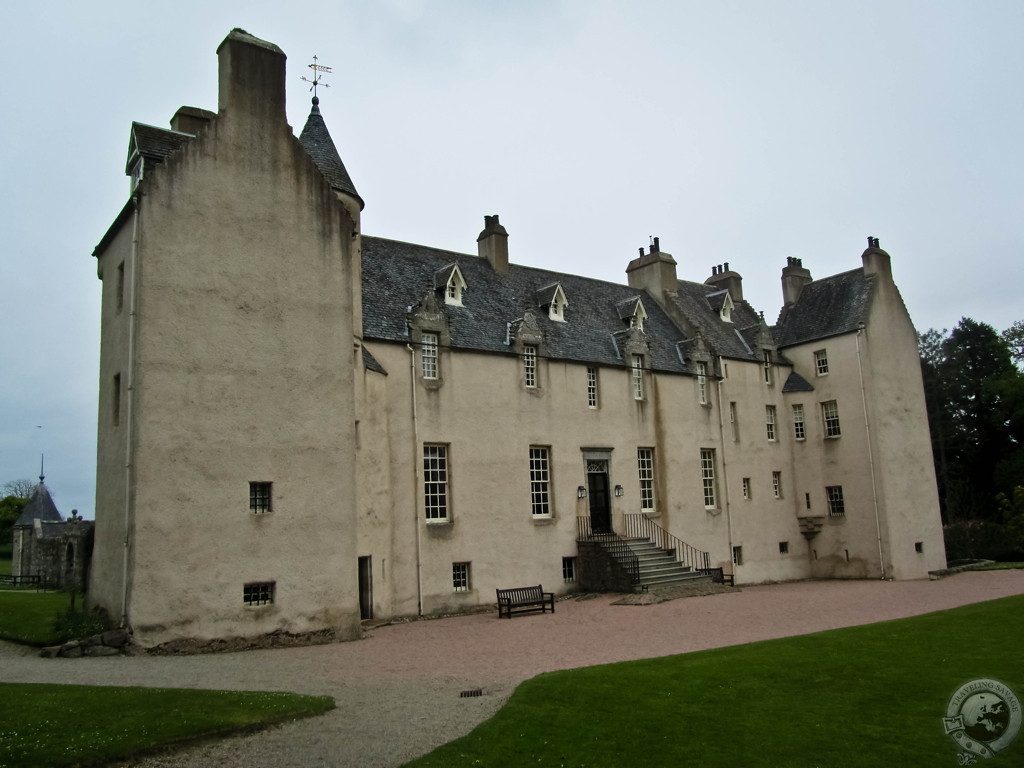
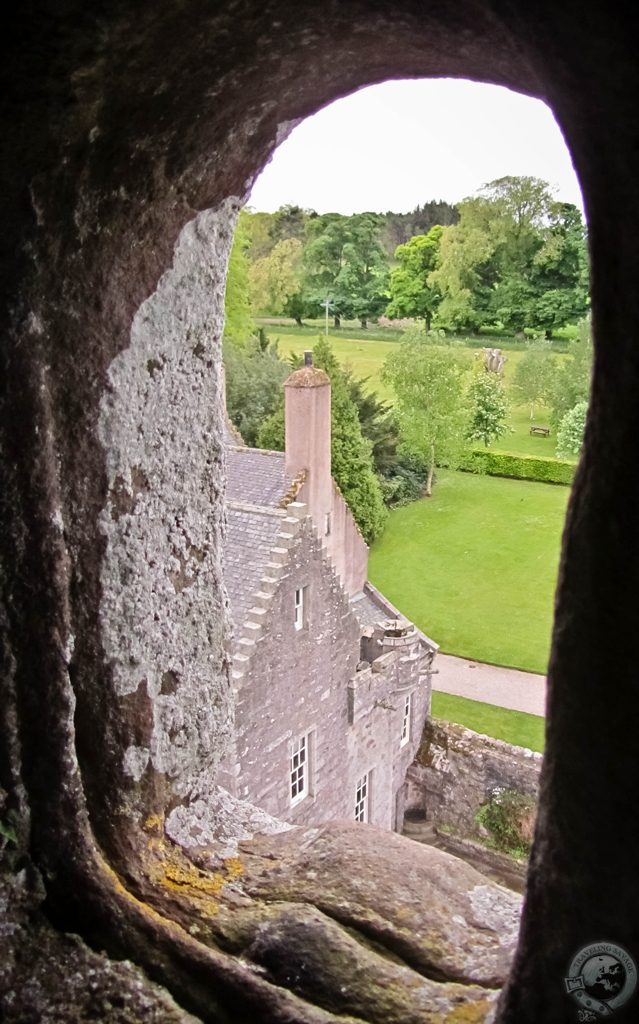
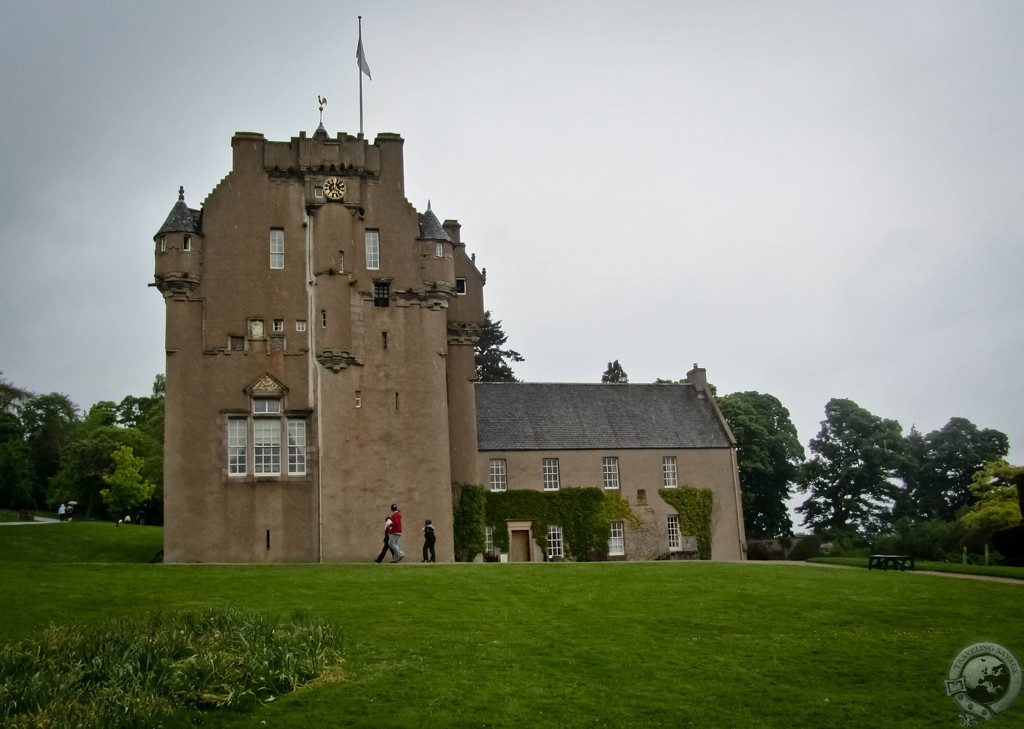
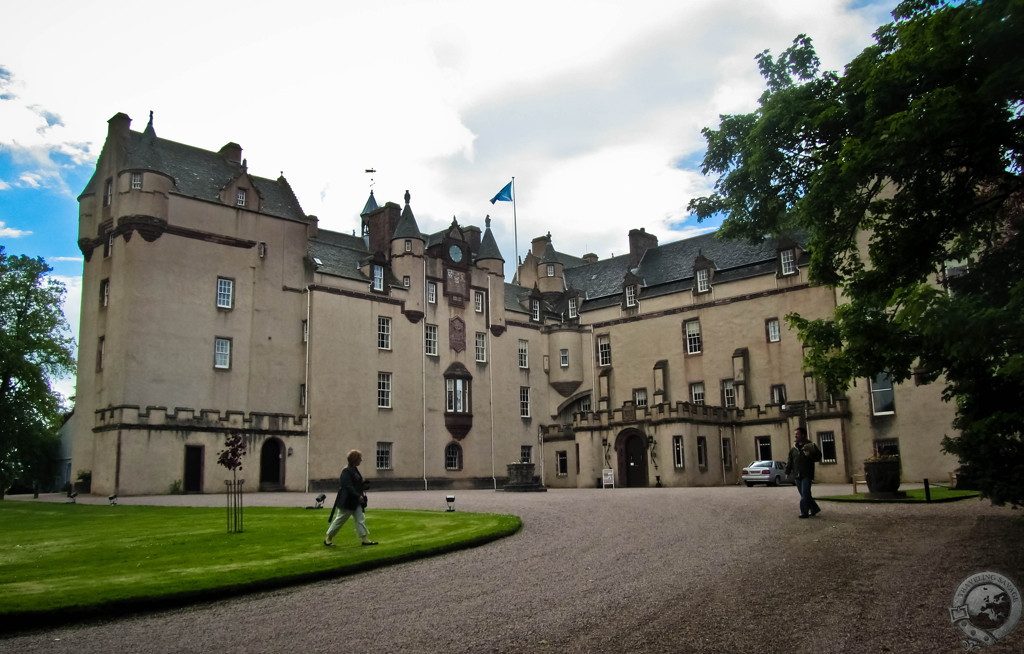
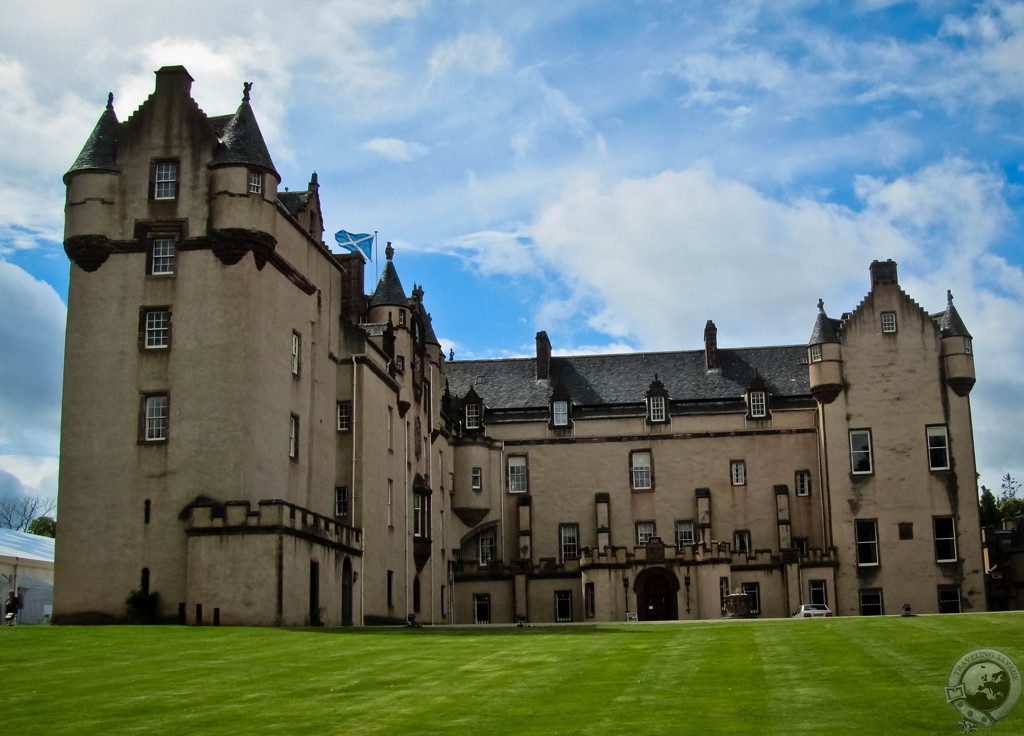
Some nice pics! I’m always amazed at the complexity and size of the buildings that were constructed so long ago but that’s probably a result of the newness of everything in the US and limited historical knowledge. That was a fascinating time although I’m not sure I’d want to have lived in it.
Hmm, good point. I wonder if Europeans feel the same sense of awe for castles that we do.
They are so romantic to me!
my favorite place, scotland, and what better to look at today than castles? thank you!
Love castles as a kid I was always fascinated by them and wanted to own or build my own. Now I know how much they cost and how long they take to build I think I will just enjoy your post and photos and hope to visit one some day. 650 years is a long time to own that castle.
Castles are always fascinating. I think all the castle walls will have so many untold stories to tell.
All great places to visit, top of my list is Crathes Castle.
Just checked out your site – love it!